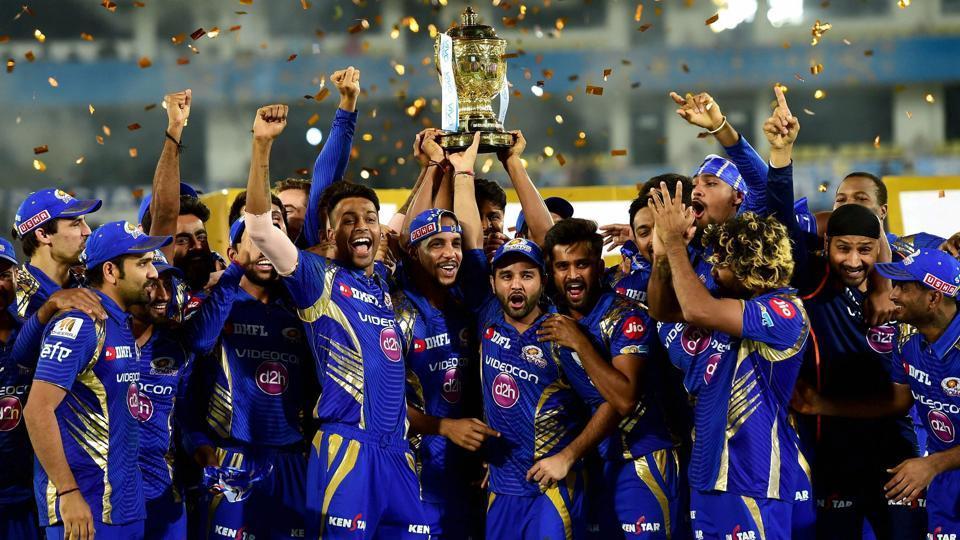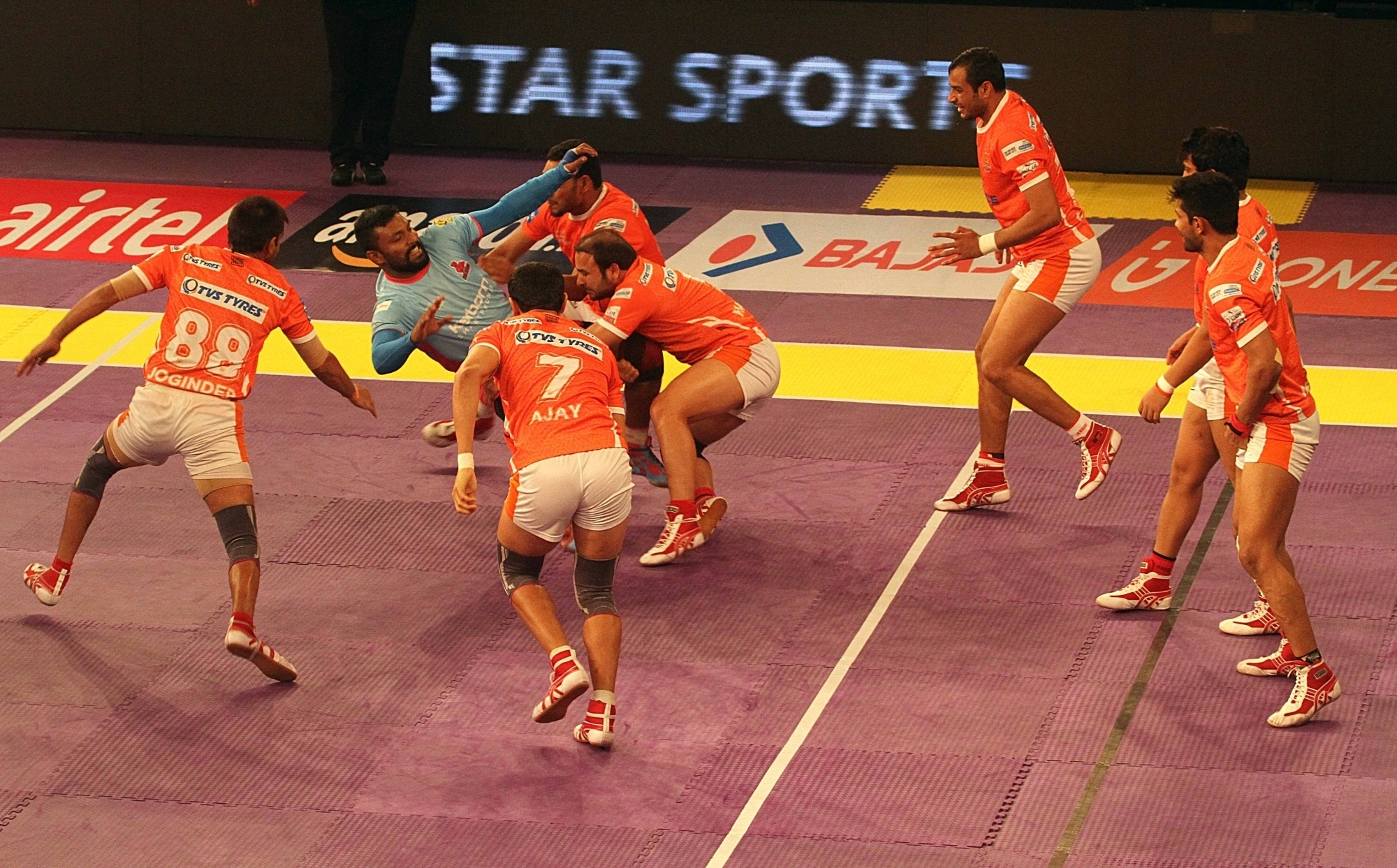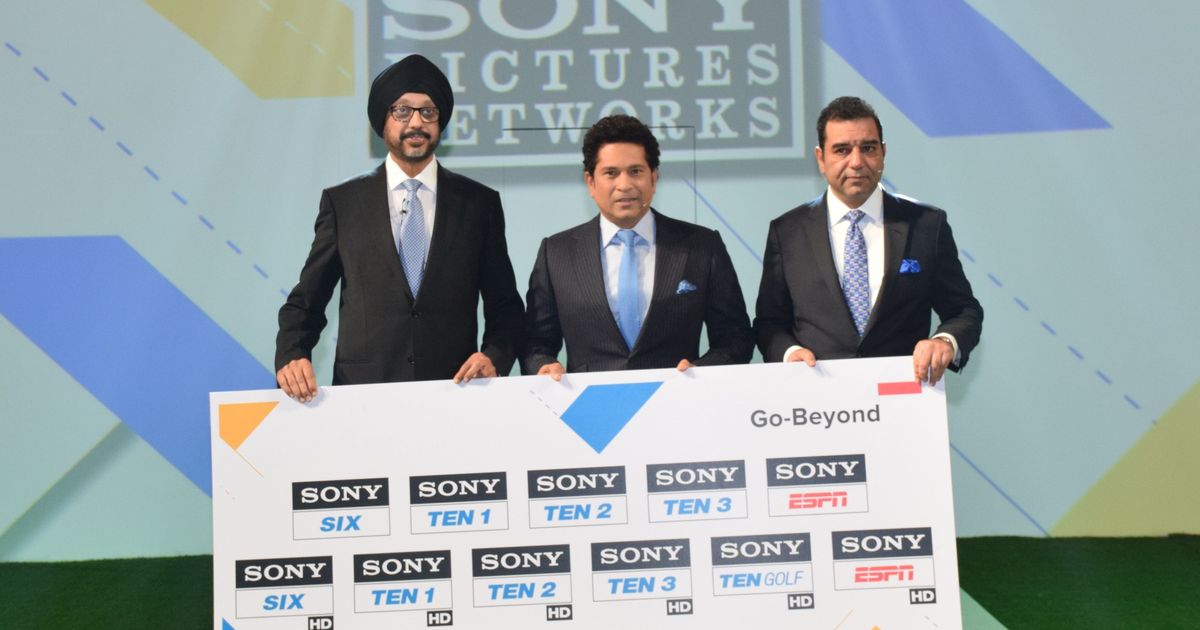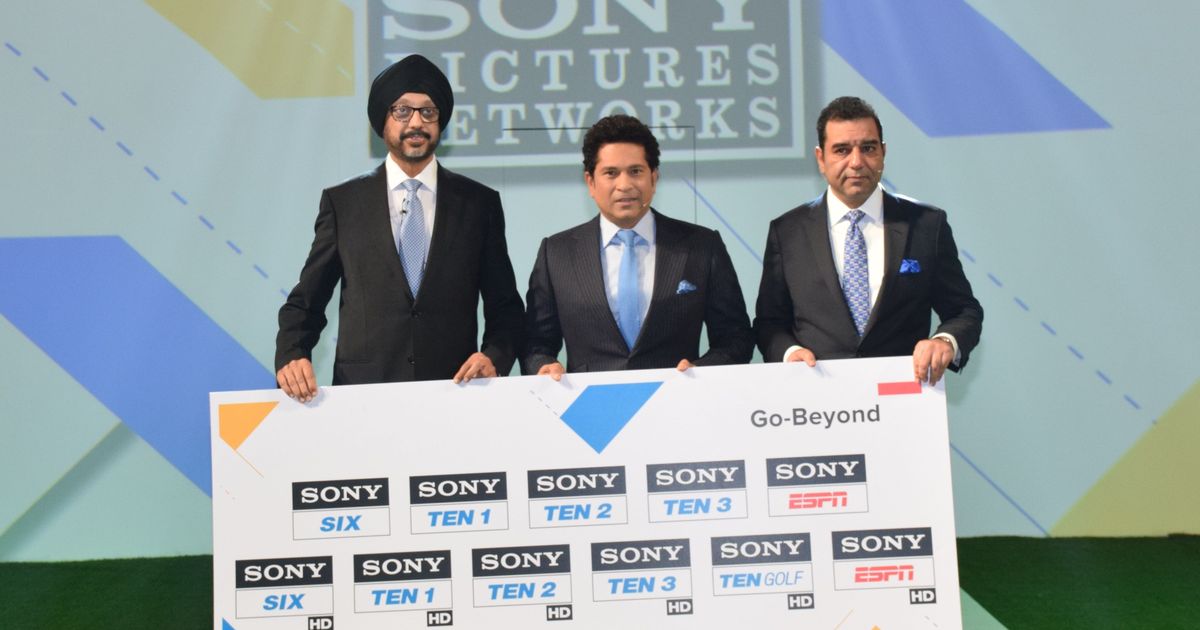At a glitzy event in Mumbai last week, Sony Pictures Networks India announced the rebranding of its sports channels bouquet following the acquisition of Ten Sports last September for a reported $385 million. Along with announcing Indian cricket legend Sachin Tendulkar as its brand ambassador, Sony also launched two new sports channels under its new “Sony Ten” brand, taking its overall tally to 11. This includes five standard-definition sports channels, their high-definition mirrors, and an HD golf channel.
This also means that Sony now has one more sports channel than its main competitor, Star India, who has 10, including six SD and four HD channels. All this – the acquisition, rebranding and launch of new sports channels – signals an attempt by Sony to break Star’s dominance in the market.
Sony, along with Ten Sports, even boasted of having a larger market share in the Indian sports channels market in the first six months of 2017 – 55% compared with Star Sports’ 35%. However, this should come as no surprise, considering the very popular Indian Premier League, whose broadcast rights were with Sony, was held in this period.
The 59 cricket matches played between April 5 and May 21 in IPL’s landmark 10th season this year recorded 1.25 billion impressions, according to the Broadcast Audience Research Council of India. Impressions refer to the number of individuals in thousands of a target audience who viewed a particular event, averaged across minutes.
If you instead look at the market share in the period between July-December 2016, when there was no IPL, the graph tilts in Star’s favour, with 59%, compared with Sony Ten’s 39%.

Here is how the two channels compare in terms of the properties they own the broadcast rights to:

Both networks’ bouquets are impressive, but industry experts believe Star is better placed for the Indian market. Except the IPL, Star owns flagship properties across cricket, football, kabaddi, tennis, and badminton, which are arguably the top five sports in India.
“Sony has great global properties, but they are very niche for the Indian market,” said Indranil Das Blah, founding partner of sportainment firm Kwan Entertainment and Marketing Solutions. “Those properties don’t have the kind of numbers that will make an impact for the channel.”
He added, “Fifa tournaments don’t happen too frequently. The Champions League gets interest only towards the latter stages, and the matches take place late at night in India. Golf is far too niche. As for tennis, people in India mostly watch only the finals of Grand Slams, that too perhaps only if there is Roger Federer or Rafa Nadal playing.”
However, Sony believes it has an “enviable line-up” across sports. “We will be airing live content across the network and our digital platform, SonyLIV,” a company spokesperson said. “This gives us an opportunity to actually create a destination for each sport. Besides live India cricket, WWE gets the highest reach on our sports channel. Our comprehensive portfolio of premier sports content truly defines us as the home of football, tennis, combat sports and golf.”
Sony is also expecting a much better second half of the year compared with 2016. “There are big-ticket events that are coming up in the next sixth months starting with India vs Sri Lanka [cricket], U-17 Fifa World Cup in October and India vs South Africa [cricket] towards the end of the year,” the spokesperson added.
Life beyond IPL
However, Sony’s 10-year contract with the IPL has has now ended. The next five-year cycle of the IPL’s media rights, including broadcast and digital, will go up for auction in August this year. And there is no guarantee that Sony will win again.
According to Mint, along with Sony and Star, the potential bidders this time include Reliance Jio, Zee Entertainment Enterprises, Times Internet, GroupM, Discovery Sports, Amazon India, Facebook and Twitter. However, out of these, only Zee and Discovery Sports are in the broadcast space, and neither are expected to outbid Sony and Star. The rest are likely to battle it out for the digital rights, which is a different ball gamealtogether.
“We will make an aggressive bid for both television and digital rights,” Sony’s spokesperson said. “We evaluate every content acquisition thoroughly and we have done the same with IPL too. We have worked really hard to bring the IPL to where it stands today with the support of the BCCI and the franchisees. We would like to carry this value-building exercise forward into the future as well.”
The Field approached Star Sports too with a questionnaire on how it plans to take on Sony and its motivation to win the IPL media rights, but the company declined to comment.
But what if Sony does not manage to retain the IPL?
“It will be a big body blow for Sony,” said Harish Krishnamachar, a sports marketing professional and founding partner of Sportoid Sports Solutions. “In my mind, a lot of Sony’s stickiness (ability to retain viewers) comes from something like the IPL. The subscribers, the advertisers, everybody knows that the IPL is going to come around again next year and it’s a cannot-miss property.”
Sony can also get year-long subscriptions on the back of the IPL and a couple of other marquee tournaments it owns the rights to, such as the 2017 Fifa U-17 World Cup, which is being hosted by India, and the Champions League. The IPL also brings in a lot of advertising revenue. According to a report in the Financial Express, Sony met its target of Rs 1,300 crore in advertising revenue from IPL 10.
Star, on the other hand, does seem better placed than Sony to survive without the IPL. However, experts said that it wouldn’t be the end of the world for Sony either if it does not retain the rights. “What did Ten Sports have for the last 10 years? They lived on WWE, the Champions League and some international cricket, but they survived,” said Vijay Bharadwaj, a sports management professional.
After acquiring Ten Sports from the Dubai-based Taj Group in 2006 for $107 million (approximately Rs 500 crore), Zee had reportedly suffered losses to the tune of Rs 600 crore to Rs 640 crore from its sports business, which was possibly the reason why the company decided to pass the network on to Sony. But the fact remains that Sony was happy to purchase Ten Sports. “Leave alone the rebranding. Buying Ten Sports itself was a signal that Sony is a serious player,” said Krishnamachar.

One of the advantages of not winning the IPL rights is that the network then has a significant budget to acquire other properties which will not be as expensive. The next five-year cycle of the IPL’s media rights is not going to go cheap. Sony had paid Rs 8,200 crore for 10 years, or Rs 820 crore ($127 million) per year, back in 2008. Experts are expecting the value to at least double to Rs 1,600 crore ($254 million) per year for the next cycle.
“Sony will take a hit if they lose the IPL, but it could also be an opportunity in the long run,” said Blah. “While the IPL is a huge property, it goes on for just 60 days a year at most. If Sony lose the IPL and win, the rights to, say, the English Premier League, which goes on for nine months in a year, it won’t give you the same kind of numbers as IPL, but it gives you sustained numbers over a period of time. So, it definitely won’t be the end of the road.”
Star Sports had bagged the English Premier League rights in 2013 for $145 million over three years, or just over $48 million per year, before renewing the deal in 2016 until the 2018-’19 season at an undisclosed amount. Assuming the rights value doubles for the next cycle to around $100 million per year, it’s still less than half of what the IPL media rights are expected to go for.
Don’t have rights? Create them
Sony can also build their own flagship property, like Star did with Pro Kabaddi. In 2014, Star Sports agreed to broadcast a franchise-based Indian kabaddi league, the brainchild of Charu Sharma, a sports broadcasting professional, and Anand Mahindra, chairman and managing director of the Mahindra Group. What would have seemed like a ridiculous idea at the time turned out to be a masterstroke.
Pro Kabaddi turned out to be a runaway success, with the first season garnering 435 million viewers, according to BARC. After that first season, Star Sports acquired a 74% stake in Sharma and Mahindra’s Mashal Sports firm, which owned Pro Kabaddi. The league has overtaken football’s Indian Super League in television reach and sponsorship revenue to sit behind only the IPL, according to a 2017 report on sports sponsorship in India by GroupM Media and Sportz Network.
“Like how Star built Pro Kabaddi from scratch, Sony can also develop its own intellectual property,” said Blah. “Sony has the Super Fight League (mixed martial arts) and they could develop it. Not every property will become a Pro Kabbadi, but India is a very nascent sports market. There’s a lot more to do, not just in terms of generating the content, but also packaging and marketing it to audiences. We’ve just touched the tip of the iceberg.”

Bharadwaj concurred. “There is space for regional sports,” he said. “A lot of sports taking place in India are not televised at all, like swimming for example.” Krishnamachar, however, felt that the sports broadcast market has been saturated, and the battle lies in the digital space. “The only competition will come from over-the-top content players, who will go for the digital rights and see if it works. Broadcast is a fairly known animal. The unknown animal is going to be digital rights.”
One thing is clear, whether broadcast or digital, it all circles back to the same point that content is king. No amount of innovative marketing techniques and brand ambassadors are going to save a network if it doesn’t have attractive content.
“If you don’t have content, you are not in the game,” Krishnamachar added. “There is no alternative guerilla strategy you can use. It’s lovely for Sony to have a brand ambassador like Sachin around and it’s a great motivation for their sales team, but does the viewer really look at it like that? No, we follow content. We aren’t really stuck to the channels. We are stuck to the content.”
[Source:-thefield.scroll]











